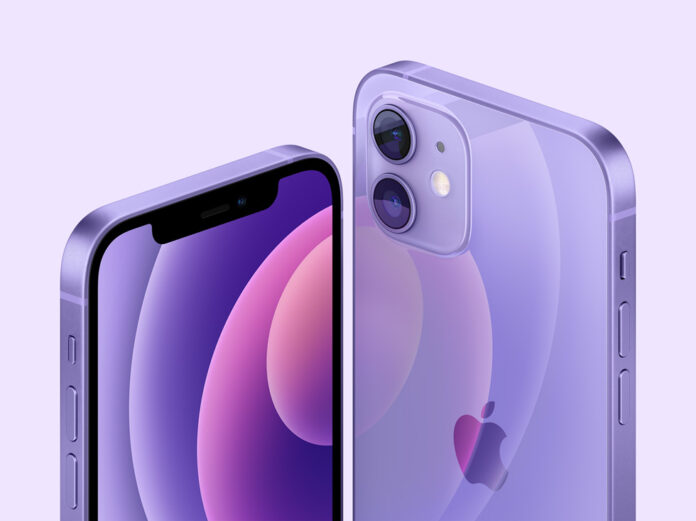Apple’s signature iPhone series may soon be much pricier in the United States, and the reason lies directly with newly imposed tariffs by former President Donald Trump. The tariffs, particularly on imports from China, have caused alarm in the tech sector, and Apple is one of the most affected.
Today, Apple’s iPhone 16 begins at a minimum of $799 in America. However, if Apple were to have to pass the entirety of the new tariffs along to consumers, costs could increase all the way up to $1,142 — an almost 43% spike. The luxury iPhone 16 Pro Max that sells for $1,599 could balloon to nearly $2,300.
This sudden price change is expected and it is majorly linked to a new 54% tariff on Chinese imports. The majority of iPhones continue to be manufactured in China. And, this will impact the price. The new tariff regime gives Apple two tough options: absorb the cost and face margin loss, or increase prices and face falling sales.
As per Rosenblatt Securities analyst Barton Crockett, the scenario is worse than anticipated. “This whole China tariff thing is playing out contrary to our expectation that American icon Apple would be kid-gloved, like last time,” he said. Earlier, Apple had mostly avoided tough penalties, but this time, there is no such mercy.
Massive Revenue Impact for Apple
Apple retails more than 220 million iPhones a year, and the United States is one of its biggest markets. With prices increasing by 30% to 40%, most analysts feel it would sharply curtail demand. Without Apple’s most recent features — such as rewriting emails, summing up notifications, and adding ChatGPT — not sparking huge hype, consumers might be unwilling to shell out more money.
Analyst projections indicate Apple may lose as much as $40 billion in sales if the price increases lead to reduced sales. Such a financial blow could significantly impact the company’s market performance and future plans.
Also read: iPhone 17 Pro Leak Will Shock You – No One Saw This Coming
Manufacturing Shifts Still Not a Solution
Although Apple has begun shifting some iPhone manufacturing to India and Vietnam, that approach isn’t being as beneficial as expected. Vietnam currently has a tariff of 46%, and India a tariff of 26%. These rates make it difficult for Apple to entirely avoid the tariff effect regardless of where it constructs its phones.
This leaves the tech giant in a bind. Any effort to avoid the China tariffs by shifting production to other nations still involves considerable extra expense.
Limited Price Flexibility for Now
As per Angelo Zino of CFRA Research, Apple can avoid an immediate price increase for current models. He is hopeful that Apple will take major steps to control the price hike and he says that “We anticipate Apple to delay any significant increases on phones until this fall when its iPhone 17 will be coming out, since it is how it usually does with planned price increases,”
This delay strategy may provide Apple with some wiggle room.
Analysts are of belief that Apple may try out the waters with a lower price increase of 5% to 10% before going all out and raising prices further. This way, the company can test customer reaction without totally turning off its base.
Will Apple Shoppers Pay Extra?
Perhaps the largest question on everyone’s minds is: will American consumers pay more than $1,100 for a low-end iPhone model? Apple has a devoted fan base, but even the most ardent consumers may think twice with prices so high. As inflation and economic instability continue, tacking on hundreds of dollars to the price of a new iPhone may lead many to switch to older iPhones or Androids.
Furthermore, this price pressure comes at a time when the smartphone market already is experiencing weakening demand. With no earth-shattering innovation, premium pricing becomes increasingly difficult to defend.
The Bigger Picture: U.S. Tech vs. Trade Policy
Trump’s tariffs are among a larger trend to return manufacturing to America and decrease reliance on China. Perhaps the motivation may be national interest, but repercussions are landing straight in American pockets — particularly consumers who are fanatics of Apple products.
Without trade relations recovering or Apple realizing a cost-savvy model to rehaul its supply line, iPhones may become luxuries for most individuals in the US.
Ultimately, the effect of Trump’s tariffs on Apple is deep. From higher iPhone prices to possible revenue declines and strained customer loyalty, Apple is having to ride through turbulent political and economic seas. What the company does in the next several months may determine the future of iPhone pricing and global tech manufacturing strategies.








